How to Repair Drywall
Do you have nail pops, water stains, or warping in your drywall?
If so, it may be time to learn how to repair drywall yourself or contact your local painting and carpentry experts!
When a home settles, the tape that holds the drywall sheets together may separate and look unattractive. Framing nails and screws sometimes explode through the wall, making strange, rounded nail pops. Even the simplest of moves to a piece of art results in holes in the wall.
These are all very easy drywall repairs that homeowners may perform. Although there are occasions when it is more complicated, the fundamental concept of drywall restoration is rather straightforward.
The good news for homeowners is that plaster walls can be repaired considerably more easily than drywall.
In the 1940s, when people were preoccupied with the war and in need of a quicker building choice, drywall rose to popularity as a wall option. The usage of plaster dates back hundreds of years, but it is labor-intensive, expensive, and challenging to fix. Drywall provided contractors with a quick and fire-resistant building technique.
One of the best things about these fixes is that they make use of supplies you probably already have in your basement. Once you master drywall repair, the entire house will feel like you’re an expert!
Materials Required
- Joint compound
- Utility knife or putty knife
- Sandpaper
- Drill or screwdriver
- Nail set and hammer
- Paint and paint brush/roller
Pre-Repair for Nail Pops or Screws
Start by sinking the building materials once more. Grab the nail set and place the thin point on the nail if it is a nail pop. Gently tap the top of the nail set with a hammer to force the nail back into the wall. Drive the nail back until the head is hidden by the drywall. Use a drill or screwdriver to press back any protruding screws under the drywall if there are any. You may either wait for the damaged drywall to naturally fall out or you can dig it out with your hands with a utility knife.
Step 1: Compound the Holes
Scoop out a dab of joint compound and smooth it into the hole with a utility knife. Start above the hole and pull down so the joint compound gets pushed into the hole. Go over it a few times from different directions to make sure there is plenty to fill the hole. Let dry. Repeat if necessary but smaller holes in the drywall often need only one coat.
Step 2: Sand
Grab the sandpaper and sanding block, or all-in-one sanding tool, and lightly sand all the dry joint compound to make a smooth finish. Don’t push too hard or you’ll remove too much joint compound in the hole or the surrounding paint. Remove drywall dust with dry cloth or vacuum.
Step 3: Paint
Repaint repaired area. It will take at least two coats and you might need to repaint the entire wall, rather than just that hole. Take a look after your first coat to see if the new paint is blending in or it stands out.
How to Patch Drywall
If there is an actual hole in your wall or damage to the drywall, you’ll need to replace the entire section with new drywall. This is certainly a much bigger task than filling in a nail hole but one that homeowner can do with a little planning and patience.
Step 1: Prep and Make a Plan
Before heading to get supplies, make sure you know what you need. Has the cause of the damage been repaired and cleaned up? If you have water damage, this needs to be fixed and cleaned and not just covered up. Cut out the damaged wall panel to figure out what else you need. Be careful of wires and other items behind the wall that might not be visible. Using a utility knife, score a square or rectangle path and cut it out with a drywall saw. Make shallow cuts so you don’t hit anything you can’t see.
Pro tip: When you cut out the section, leave at least 2 inches if possible from the corners and edges of the wall. This will add in the stability of the new section.
Once the damaged section is removed, you can see how big of a new section you need to get and if you need a wood backing piece to help stabilize the new section. Now it’s time to head to the store to purchase the a few more additional patching materials:
- Drywall piece (you can purchase an entire board or sometimes home improvement stores will have scraps available)
- Reinforcing board and screws if necessary
- Drywall tape
- Primer paint
Step 2: Cut Drywall
If needed, cut a piece of the reinforcing lumber a few inches longer than the hole. Place the reinforcing wood piece behind the exposed drywall hole and set a few inches behind the top and bottom of new section. Screw into place. Now you have another stabilizing aspect to help the new section. Cut new drywall piece to fit. Square and rectangle pieces are much easier to place than odd shapes. Place into the space.
Step 3: Compound
Using a putty knife, apply a thin coat of joint compound around the repaired section. This gives the tape something to stick to and fill in the gaps between the two pieces. Place drywall tape on the joint compound, over both the new and old section, and apply another thin layer of compound. Cover up those screw holes too if you added that step. What you’ve just done is seal up the cracks, give stability to area, and work to create a clean finished product. Let dry. If necessary, add another thin coat of joint compound.
Step 4: Sand
When everything is dry, sand the joint compound down so it is smooth with the wall. Be careful not to sand it too much and mess up the drywall tape. Also, you’ll want to make sure the outside edges are even with the existing drywall so there is a smooth finish. Clean area with dry rag and vacuum so the entire area is dust free.
Step 5: Paint
Prime the area with a fresh coat of primer paint. This is a critical step because drywall soaks up paint and you’ll want the barrier. Then cover with a new coat of paint. You will most likely need to repaint the entire wall so it all looks the same but you can be the judge of that once it’s all dry.
How can Heiler Painting can help?
As professional drywall repair experts, we know how to get the job done and are excited to add value to your home. How can we help you with this project? Contact us today at 610-818-7920 to get a free same-day estimate on your next project!









